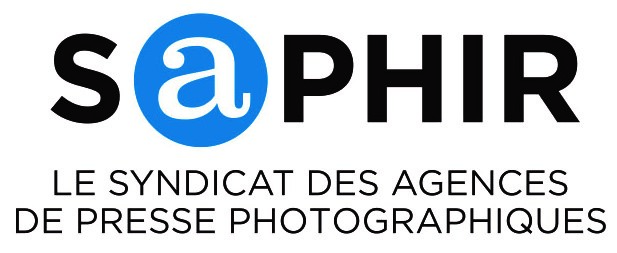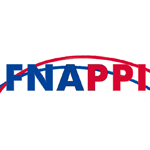On 29 September, Jim Pickerell wrote an article on whether stopping images scraping would solve photographers’ problems. He recommended that photographers do a Google search for some of their best selling images. “If those images are never shown as part of the search returns” concludes Jim, “it may be a good indication that images in the Getty collection are being blocked in Google searches.” Jim was suggesting that Google would be blocking images in retaliation to Getty Images’ complaint …
CEPIC Committee member, John Balean, thinks that if Jim had attended the FOCUS event organised by BAPLA on 13th October and heard Jonathan Lockwood, VP Corporate Counsel of Getty Images, presentation Google Images, his article would have included less misconceptions on the Google Images search, how it works, why it hurts the picture business and what to do about it.
John’s Blog article on Google Images Search and what the Getty Images (and CEPIC) complaint at the European Commission are all about
At FOCUS on 13 October in London, Jonathan Lockwood gave a clear concise talk on why Getty is concerned about Google Images at the BAPLA Focus last week. It is a great shame that Jim Pickerell was not there to learn something.
Jonathan Lockwood ran through the case, much as has been shown in Berlin at the Google Images workshop in 2014, about the old version vs. the new version of Google Images. How Google the new Google Images takes images out of context etc.
Jonathan added two key points which would be important for Jim Pickerell to add on his article.
Google Images priorities large size non-watermarked images. This means Getty Images (and the rest of us who watermark previews) are at a disadvantage on the search results of Google, not necessarily blocked, as Jim Pickerell writes.
Of course the images Googles scrapes are more likely to be the licensed images that appear large and un-watermarked on publishers sites (i.e. not the source (agency) sites). These secondary sites that are scraped have the extra problem that the metadata could be removed or altered when shared, re-shared, reposted etc.
Therefore Jim Pickerell’s suggestion of “What To Do” is largely irrelevant if the photographer is using keywords or their name to find them, it needs to be by visual search.
Also Jim really needs to look further back to assess the overall impact of Google’s image search format. Jonathan explained how Getty lost traffic in all territories that implemented the current version of Google Images in January 2013. Traffic is where the agents etc. are losing out, by Google displaying large size images meaning users don’t need to click through to the photo agency’s or their customer’s website – and it is not that the images are not appearing in Google.
Ironically Getty Images have managed to recover some of this traffic … how ? …. by buying Google Adwords and investing in improving SEO ! This means Getty Images are paying Google for the traffic they pulled by scraping content to facilitate illegal sharing and third party use. In other words Google really has everyone’s cake and eaten it.
I do not believe it was to “the chagrin of CEPIC” that Getty did not sue Google in the US. We all know exactly why no-one can win a “copyright” claim in the US or in the EU for that matter. Not only would Google outspend Getty and any other photo agency on any drawn-out copyright litigation, Google would gain sanctuary under current safe harbour regulations. Until ISPs and Social Media aggregators become more liable for the content their users post, we, as content providers, are all high and dry.
Jim Pickerell’s “What can we do” should have read “Sign the petition” whether it is from Getty, CEPIC , DMLA someone anyone else.
John Balean
| Sign the petitiopn: http://wherewestand.gettyimages.com/advocacy/ |








